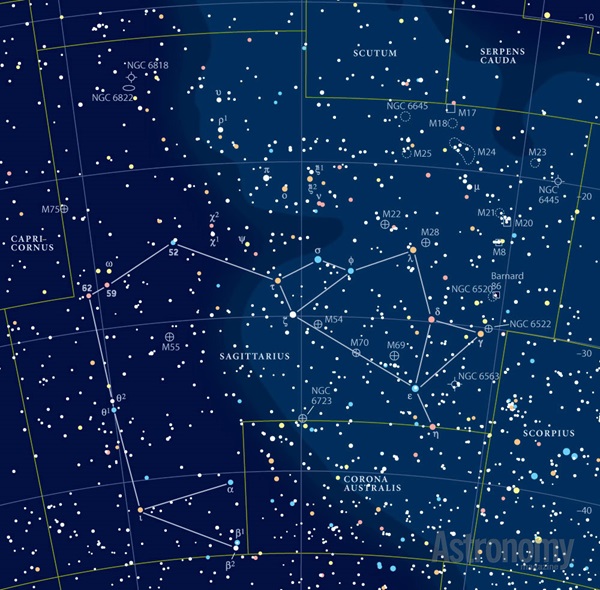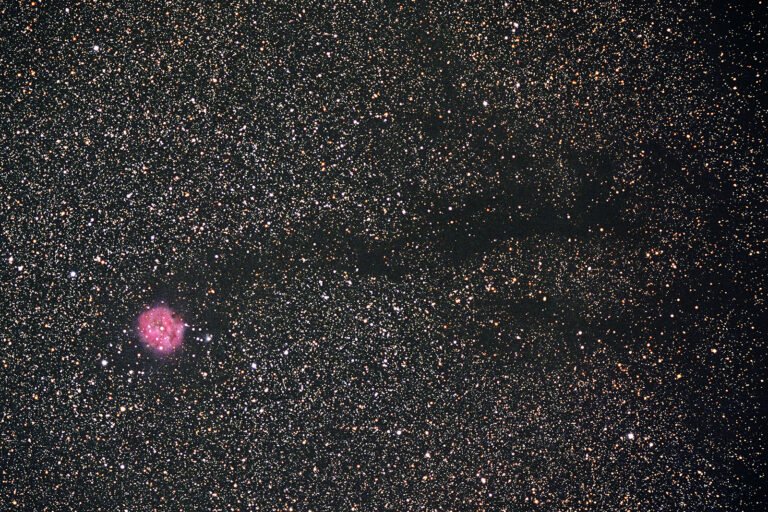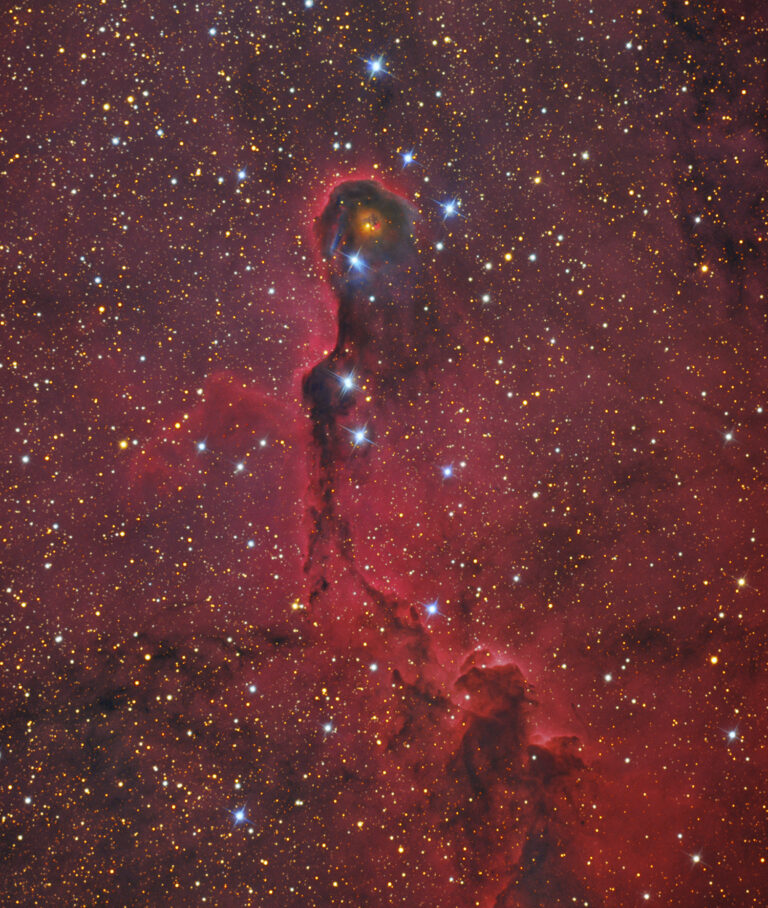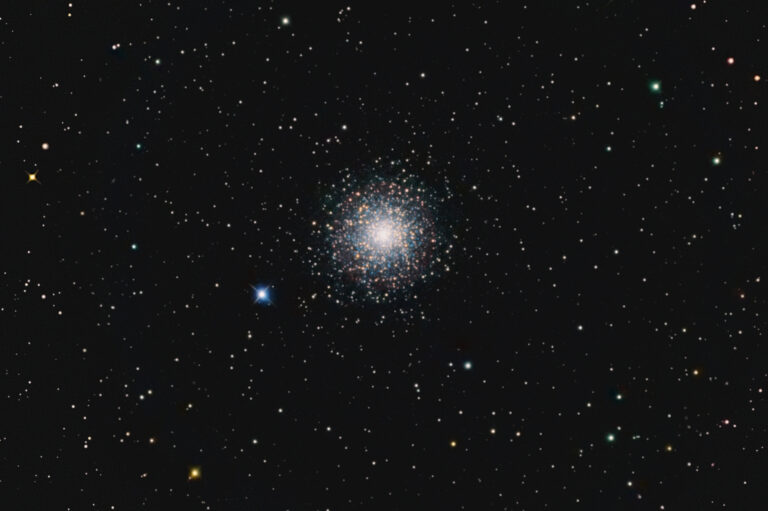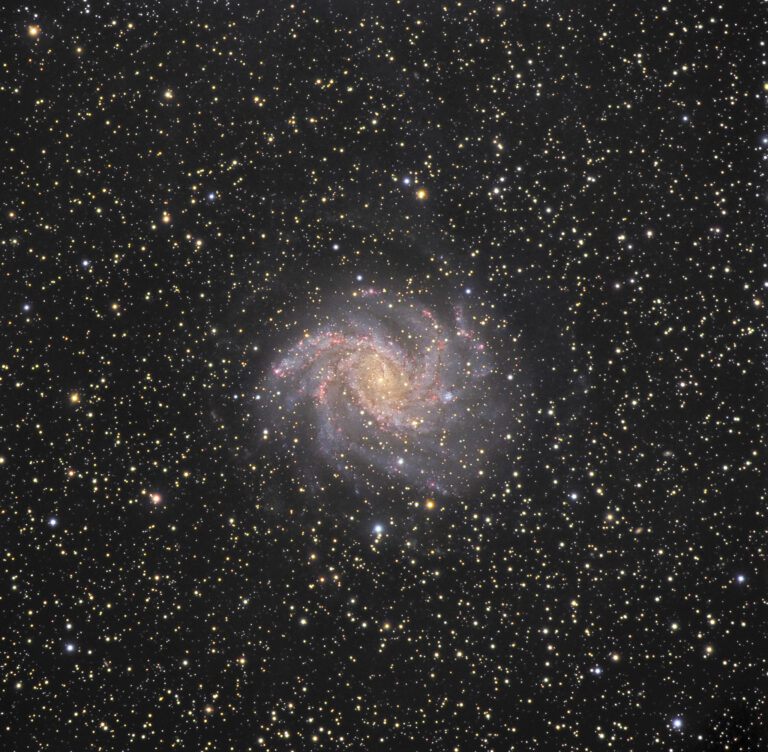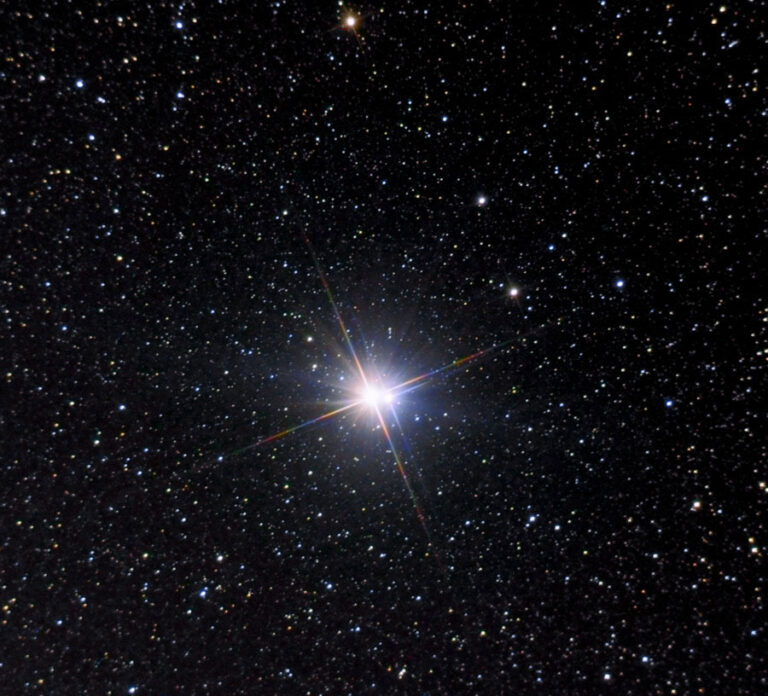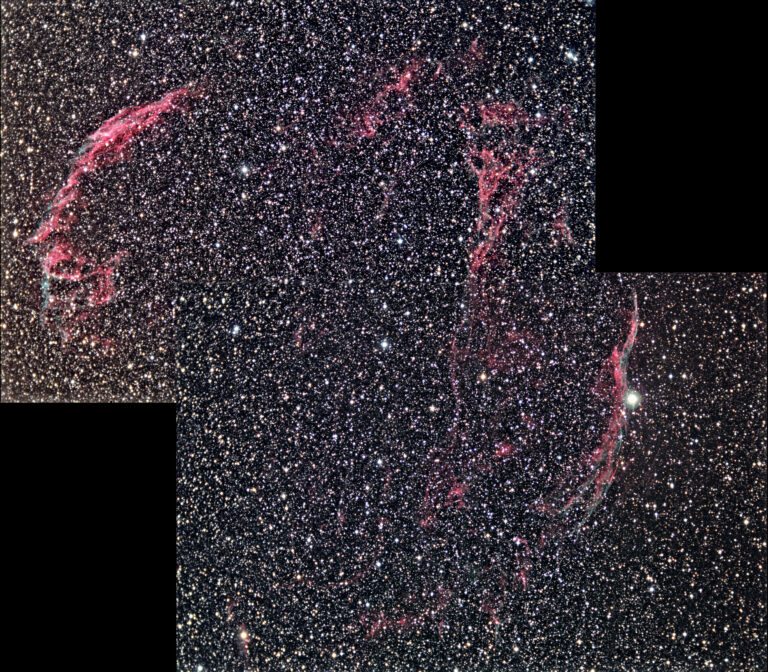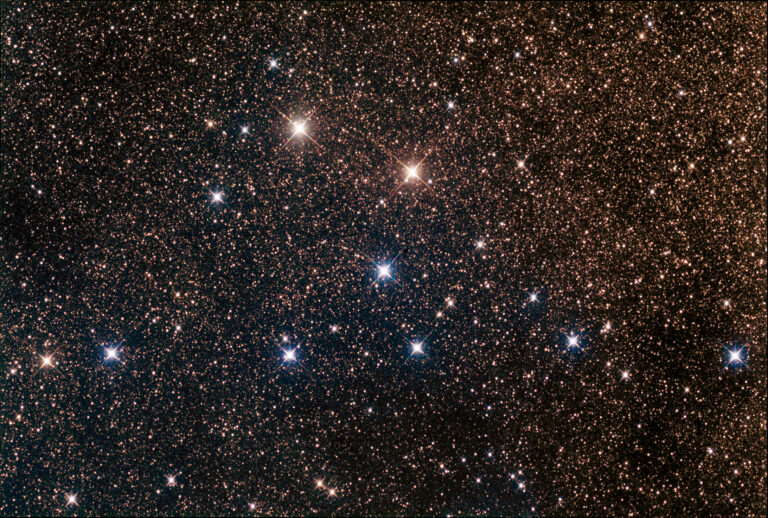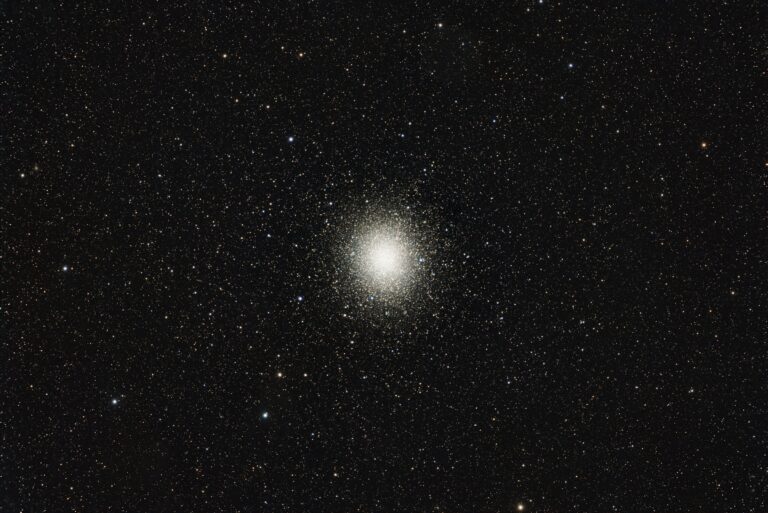Key Takeaways:
Targets for June 11–18, 2015
Small telescope:
Open cluster IC 4665
Large telescope:
The Box Nebula (NGC 6445)
Large telescope:
Globular cluster NGC 6539
This week’s small-telescope target is the Black Swallowtail Butterfly Cluster in northern Ophiuchus. This open cluster also goes by the designation IC 4665.
It’s OK if you’ve never observed (or even heard of) this cluster. Although it’s a relatively bright open cluster at magnitude 4.2, it won’t look that bright to you because its light spreads out over a diameter of 70′. That’s 5.5 times the area covered by the Full Moon.
IC 4665 lies 1.3° north-northeast of magnitude 2.8 Cebalrai (Beta [β] Ophiuchi). To observe the cluster, use a low-power eyepiece that will give you at least a 1° field of view.
You’ll see several dozen 7th- to 9th-magnitude stars and another 20 stars around magnitude 10 set against a rich background haze of fainter points.
My best view of IC 4665 came through an 8-inch f/4.5 Newtonian reflector equipped with a binoviewer. Using eyepieces that gave a magnification of 45x, the cluster took on a layered 3-D appearance.
Astronomy magazine Contributing Editor Stephen James O’Meara gave this object its common name. He likens IC 4665 to a Black Swallowtail butterfly, which has a black body and wings lined with bright white spots, like the stars in this cluster.
This cluster has another name — the Little Beehive — but it’s unknown who first called it that, although the reasoning is sound. Indeed, it does look like the much more famous Beehive Cluster (M44) in Cancer the Crab.
Select box number two
This week’s first large-telescope object is the Box Nebula, a planetary nebula in Sagittarius. Also known as NGC 6445, it glows softly at magnitude 11.2 and measures 34″ in diameter.
You’ll find this object 5.8° west of magnitude 3.8 Mu (μ) Sagittarii and less than 0.4° north-northeast from the magnitude 9.3 globular cluster NGC 6440. Oh, and a note to longtime listeners: Don’t be confused. NGC 6445 is the second sky object with the common name “Box Nebula.” The other is planetary nebula NGC 6309.
Astronomers classify NGC 6445 as a bipolar planetary nebula, and, as its moniker implies, it does have a distinct rectangular shape. Through a 12-inch telescope at a magnification of 250x, you’ll see two relatively bright lobes, one to the northwest and the other to the southeast, separated by a dark central region. Larger telescopes show this planetary as a thin rectangle with a large, dark central void.
Overall, it’s pretty bright
This week’s second large-scope target is globular cluster NGC 6539 in Serpens. Actually it’s in the part of the constellation called Serpens Cauda, the tail of the serpent. Serpens is the only divided constellation. Ophiuchus the Serpent-bearer separates the two parts.
You’ll find this object 0.7° northeast of magnitude 5.2 Tau (τ) Ophiuchi. Because it glows relatively brightly at magnitude 8.9, you won’t have any trouble finding it.
Unfortunately, details are scant. This cluster is small — only 6.9′ across — so you’ll find it difficult to resolve individual stars through any size telescope. Its brightest suns glow at a meager 16th magnitude. Through a 12-inch telescope, even at a magnification of 300x, you’ll detect only a granular appearance across NGC 6539’s face.
Expand your observing at Astronomy.com
StarDome
Check out Astronomy.com’s interactive StarDome to see an accurate map of your sky. This tool will help you locate this week’s targets.
The Sky this Week
Get a daily digest of celestial events coming soon to a sky near you.
Observing Talk
After you listen to the podcast and try to find the objects, be sure to share your observing experience with us by leaving a comment at the blog or in the Reader Forums.

